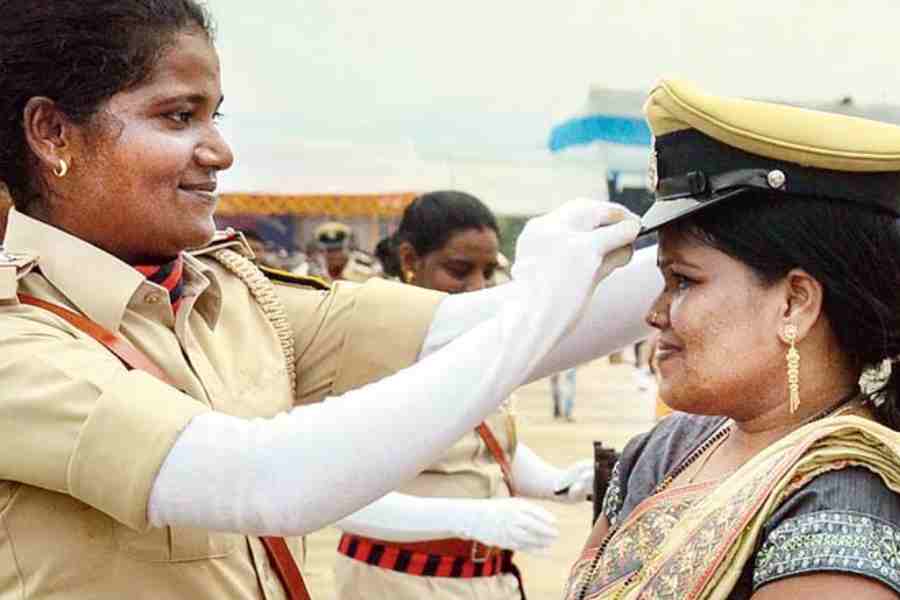The top three seats in the Union Public Service Commission examination have been bagged by women two years in a row. This year, women also account for a third of the total number of candidates who cleared the examination — the highest ever number to be selected in the civil services in a single year. These are heartening numbers and will hopefully inspire more women to appear for the UPSC examination. Yet, women constitute only 320 of the 933 candidates recommended for Indian Administrative Services postings in 2022; this is still approximately 14% less than women’s share of India’s population. The skewness has been persistent: women officers accounted for only 13% of the total of 11,569 IAS officers appointed between 1951 and 2020. The figures do not bode well for India in the light of a 2021 report by the United Nations Development Programme which found that ensuring equal representation of women in bureaucracy and public administration improves the functioning of the government, makes it more responsive and accountable to diverse public interests, enhances the quality of services delivered, and increases trust and confidence in public organisations.
The gender gap is not restricted to the civil services alone. Studies confirm women’s poor representation in politics. According to an Inter-Parliamentary Union, India ranks 149th out of 193 countries in terms of female representation in the lower House of Parliament. It is inexcusable that in a country where women account for half of the population, they have 14% representation in the Lok Sabha and 11% in the Rajya Sabha. The women’s reservation bill, unsurprisingly, has not been passed by successive governments since it was first tabled in 1996. Even in panchayats and local government bodies where women have 33.3% reservation, they often play a proxy role while male members of the family handle the decision-making for them. A recent Deloitte Global report has also found that only 17.1% of the board seats in business enterprises in India were occupied by women in 2021. There can be no reason for these disheartening figures other than age-old prejudices. But these biases must go. A Harvard study proved that women make better leaders than men; another research has shown that countries with women heads of state fared better during the pandemic; yet another one revealed that women are better at managing a crisis. India can never attain its true economic potential until women participate in greater numbers, not just in the civil services but also in the workforce as a whole.











